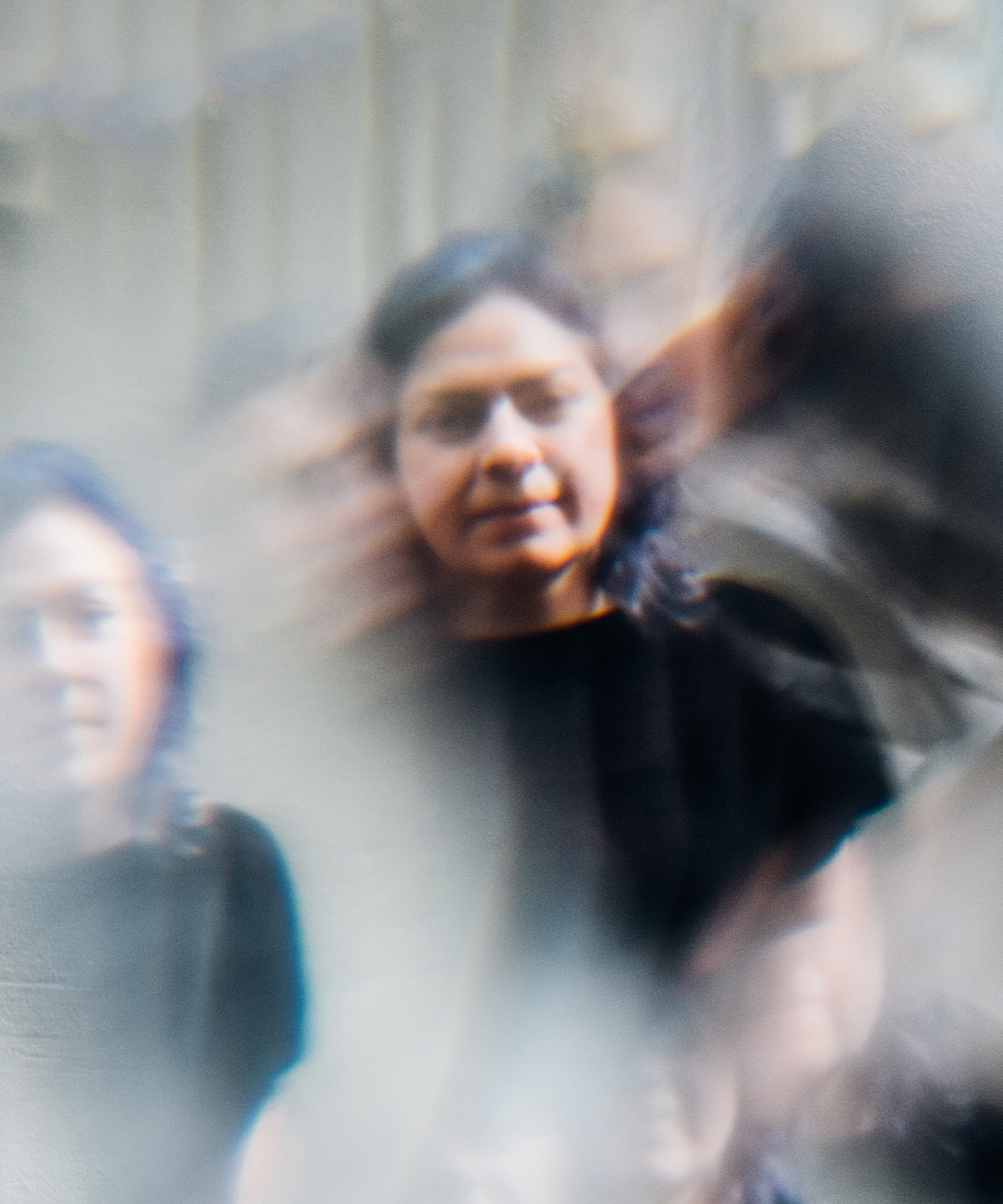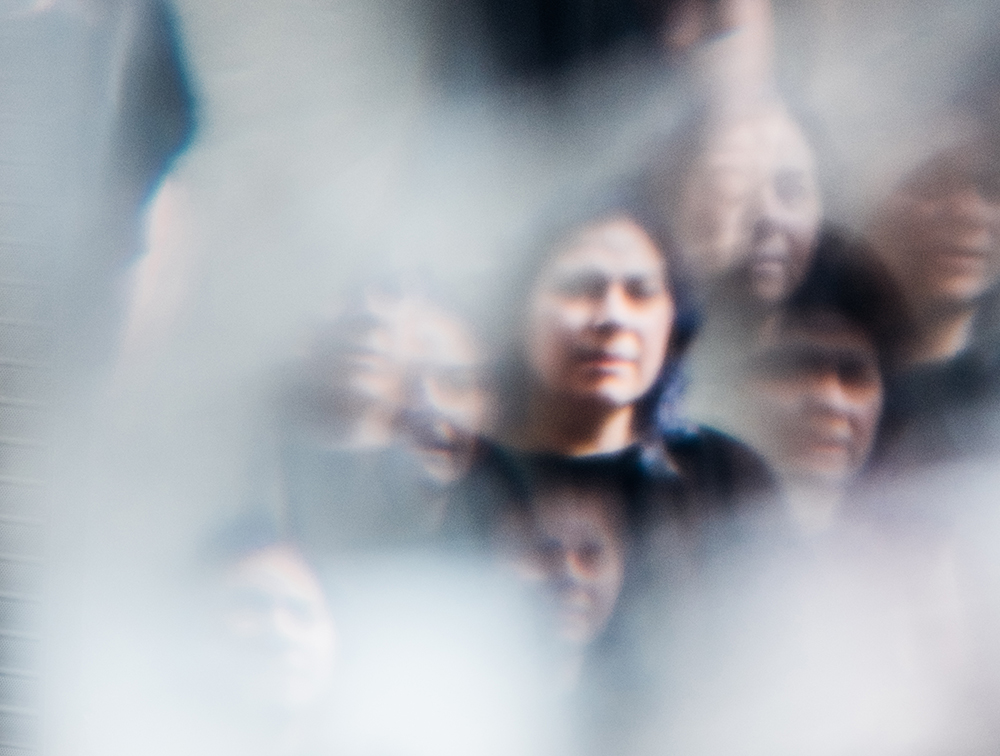The term ‘futurist’ is becoming more common within the design industry, however the specifics of the role can vary. How would you explain your role as a futurist?

Somehow it seems that anyone with an interest in tech or gadgets – or willing to take punt on predicting ‘the next big thing’ – gets this moniker. In reality, a futurist – or foresight practitioner – is someone whose specialty or interest is to systematically explore possibilities about futures and how they may emerge from the present. As a professional futurist, it’s definitely not our role to predict ‘the future’ but we do help people think more deeply about multiple alternative ‘futures’, their role or agency in creating them, and how to make better decisions about what may lie ahead.
“Foresight is a discipline that enables us to navigate futures, and make sense of the possibilities so we can use it as a source of inspiration for the present.”
What impact can working with a futurist have on a brand?
Futures work varies so the impact does too. It can be anything from developing highly nuanced, detailed images of futures or long-range scenario thinking that informs strategy, to critical futures and emerging issues analysis, forecasting, as well as contributing to innovation processes or running futuring workshops. Some of the work I’ve been involved with includes medical research, urban planning, self-sovereign identity, health devices, the use of technology to support people with Alzheimer’s, food products and FMCG.
Foresight is a discipline that enables us to navigate futures, and make sense of the possibilities so we can use it as a source of inspiration for the present. The tools and outputs can be applied in brand strategy and development – whether to develop products and services that anticipate needs, add meaning that improves people’s lives, or to foster understanding of the possible future markets, contexts and ecosystems that brands may be part of or shape in years to come.

How can brands thrive in this rapidly changing climate?
By applying foresight (and some courage) – basically this means being focused but not inflexible, aware but not too easily distracted by trends, and thinking beyond the next sales cycle, quarterly report or financial year.
Shift from present to futures. Making decisions on a brand’s future based on only past and current performance data and analytics means you’re starting from behind. Unfortunately there are no ‘future facts’ to work with so we have to use our imaginations and anticipatory skills, but avoid making predictions or projections based only on large amounts of historical data.
Create space for strategic conversations about preferred futures, don’t limit ourselves to plausible or probable. Foresight methods not only ask questions about what people want and need, but also how belief and behaviour might change over time in response to social, cultural and technological forces: this helps us understand how people (and ‘the market’) may react and change, what new products or services may have meaning and utility, and how a brand and value proposition must evolve to adapt to emerging realities.
What can brand strategists learn from futurists?
Permanence is elusive and to some degree a fallacy; no brand is static. So purpose, truth, sustainability, transparency, storytelling, human-centred design, imaginaries, disruption, whatever the latest term is, they need to be more than buzzwords.
Building on analytical and strategic thinking to integrate more critical thinking: asking better questions, tapping into weak signals of change, and using that to anticipate what might be in our futures. We still need to get used to working in complexity, but over time we’ll learn to stop chasing certainty and get more comfortable with being uncomfortable.
The doom and gloom dystopias are significant and real but it’s hard to accept that our world is changing, especially clients who know this means serious and large-scale changes to business, brand and operational models. I’m frequently involved in conversations with people about addressing the challenges but they’re hard conversations to have. An organisation’s bigger vision to be sustainable (whatever that means) or to reduce emissions or some other valid goal can be thwarted by those who still need the shorter-term wins in revenue or market share. Singular images of futures can be made redundant; most dominant narratives of ‘the future’ do not convey the global diversity of lives, voices, cultures and experiences now nor reflect how they may change over time.
“Permanence is elusive and to some degree a fallacy; no brand is static. So purpose, truth, sustainability, transparency, storytelling, human-centred design, imaginaries, disruption, whatever the latest term is, they need to be more than buzzwords.”
What trends do you think are likely to shape design in the near future?
I wonder if we should really ask if trends shape design or design shapes trends? It may be a bit of both.
While I don’t do predictions, for the near-future, newer technologies and capabilities have pushed a pervasive data-driven approach, but insights don’t simply fall out of data – you have to know what to look for, and what questions you should be asking. Perhaps as we explore the possibilities of AI, AR and VR, we’ll also uncover the risks and challenges of the ‘surveillocene’ and the deep costs of ‘digital everything’.’
For the longer-term, I do think we’ll be learning to do more with less. Consider (un)intended consequences. And we need to admit that while we can’t design our way out of the current crisis, design and foresight must be used together to help us transition to whatever is next.
